Are Your Data Centers Ready for the Future?
Keeping competitive means staying ahead in next-gen tech, power sourcing.
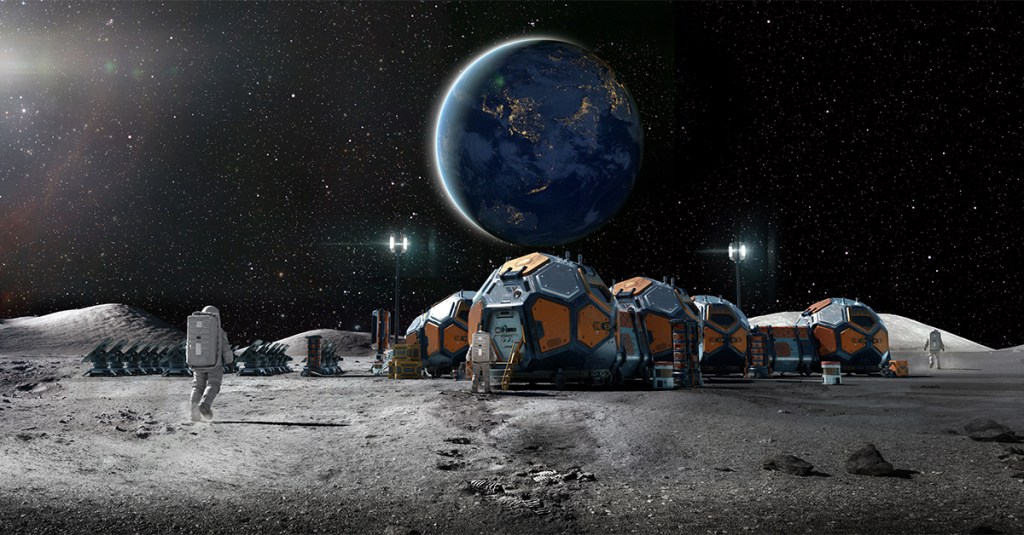
The White House’s $500 billion Stargate initiative made one thing clear: Data centers are at the heart of the artificial intelligence race. While the full details of the project are still emerging, the announcement sparked a wave of mega deals, turning this once-niche asset into a magnet for investors.
Some of the ventures that grabbed headlines over the past few months include Meta’s $29 billion partnership with Pacific Investment Management and Blue Owl for its Louisiana data center expansion, KKR’s joint venture with Energy Capital Partners for a $4 billion hyperscale data center campus in Bosque County, Texas, and Amazon’s $33 billion data center park in Arizona.
More capital is expected to flow into the space as 95 percent of existing data center investors plan to increase their commitments this year, with 41 percent of them eyeing between $500 million and $2 billion in capital allocations, according to a recent CBRE survey.
But the quest to pepper the country with critical data centers will only succeed if these projects can meet soaring demands for computing power and energy. Essentially, data centers are only as valuable as the infrastructure in and around them.
“With industry growth and technological advancement showing no signs of slowing down, proactive planning in the years ahead is essential,” advised EdgeCore Digital Infrastructure CEO Lee Kestler.
Securing reliable power and land for expansion remains one of the sector’s biggest hurdles. To meet rising demand, the data center industry must evolve—from new supply chain strategies to next-gen servers, storage systems and networking equipment.
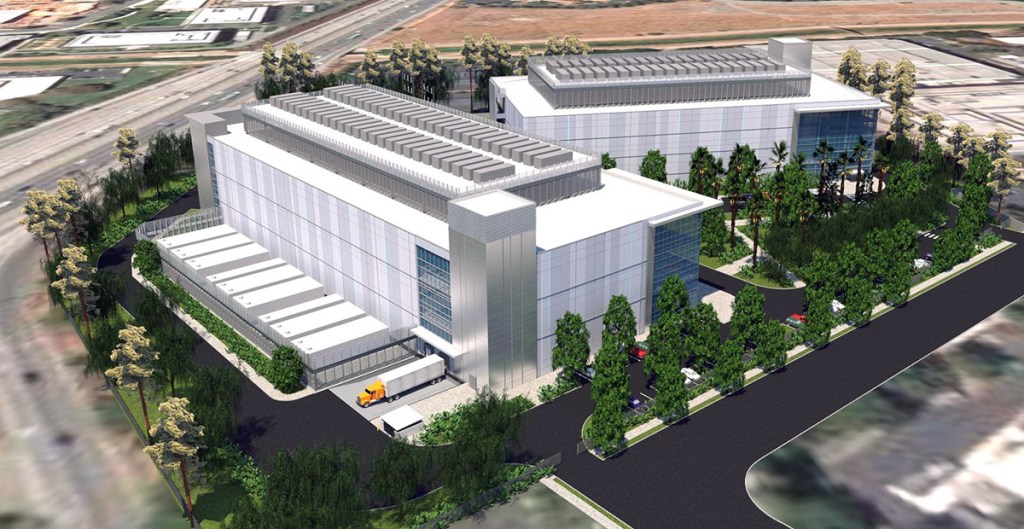
A balancing act
Supporting AI at scale means rethinking how data centers are powered and cooled. Operators who delay investment in these key areas risk falling behind and losing business, according to nVent Global Director of Product Management Jason Matteson. Among other things, his company provides liquid cooling technologies to the data center industry to efficiently manage AI workloads. Matteson believes everyone should be planning for more liquid cooling, but there’s no one-size-fits-all response to this problem.
The need for advanced cooling and heat rejection solutions is evolving rapidly.
—Lee Kestler, CEO, EdgeCore Digital Infrastructure
While chip and server manufacturers do provide some guidance in terms of liquid cooling adoption, data center operators still need to anticipate future needs and stay flexible. Currently, air cooling is still the most widespread technology, but that’s slowly changing. And it’s a gradual adjustment because implementing liquid cooling is simply very expensive—at least for now.
Data center operators and managers have to carefully balance between their finances and the need for future-proofing. If companies wait to deploy new infrastructure until they absolutely need it, they’ll likely lose business or have to rush their implementation, noted Matteson.

Carefully implementing the cutting-edge smart technology at every level will be key to balancing costs and reaching a middle ground between obsolescence and excessive future-proofing. The average cost of developing the future generation of data centers will likely grow, but so will the promised payoff.
Technology such as smart power distribution units, for example, provides granular visibility, monitoring electricity use down to the outlet level. This allows operators to track energy consumption per device, compare efficiencies and identify underutilized equipment that drains power unnecessarily. Advanced PDUs also feature environmental sensors that monitor temperature and humidity, triggering alerts or automated protocols to prevent issues before they escalate.
Cooling automation is another area where infrastructure and IT are increasingly intertwined. While air-cooled racks offer flexibility in placement, liquid cooling systems require direct integration with IT hardware—with coolant lines running straight to the chip. Emerging automation tools enable cooling distribution units to leverage digital twin systems and dynamically adjust temperature, pressure and flow rate based on real-time IT data. The result? Smarter CDUs that proactively manage rack-level cooling needs.
A Lending Climate Like No Other
By 2030, about $6.8 trillion will have been invested in data center infrastructure globally, according to McKinsey & Co. research. Of that, $4 trillion will be spent on computer hardware while $3 trillion will be spent on real estate and power systems. More than 40 percent of this total is expected to be in the U.S. alone.
So, even amid growing economic concerns, the lending environment for data center investments remains uniquely positioned compared to other sectors, noted Dan Spiegel, senior vice president & managing director with Coldwell Banker Commercial.
“Long-term leases with tech giants and service providers provide the stability that lenders seek in uncertain economic conditions, and data centers have proven to be recession-resistant even during economic downturns,” he observed.
Additionally, demand for data center space continues to outpace supply across both primary and secondary markets, according to a CBRE report. This means that at least for now, newly built space is not at risk of remaining unused, as aggressive preleasing is currently the norm because of ongoing power capacity constraints.
Another important metric for data center investors is vacancy, which across primary and emerging U.S. markets is only declining, the same report shows. In some metros, the shift is dramatic—Atlanta’s figure was down 520 basis points year-over-year through the first quarter to 3.6 percent, for example.
All this points to stability and predictability—at least for the foreseeable future.
The next hot spot
Beyond cooling technologies and access to capital, reliable power remains a cornerstone of data center success. Companies with massive capital ready for deployment have already invested directly into power plants. Last year, Amazon paid $650 million for Talen Energy’s 1,200-acre data center campus next to a nuclear power plant in Berwick, Pa. The deal included all land, power infrastructure, powered shell and intangibles on the campus, with Talen set to supply electricity via a 10-year power purchase agreement.
Most data center operators and developers will have to rely on a collaborative approach to aligning utility growth plans with the timing of electrification, Kestler pointed out. Markets such as Atlanta, Salt Lake City, Iowa, Western Texas and several locations across the Sun Belt will continue to see growth, as power and land are both accessible when compared to primary markets.
One critical aspect in location decisions is minimizing the risk of severe weather, noted Dan Spiegel, senior vice president & managing director with Coldwell Banker Commercial. For example, data center operators shy away from Florida and often prefer inland regions.
Looking ahead to the coming decade, perhaps the breakthrough that will shape the U.S. data center landscape will be closely tied to advancements in nuclear technology, according to Kestler. Furthermore, a focus on carbon mitigation strategies and the deployment of highly efficient energy sources will be essential for driving job creation and supporting the sector’s long-term success.
Securing power and land for potential expansions, staying on top of infrastructure advancements and finding the best solutions for any given data center project will ultimately depend on securing the right talent. While the data center sector had its share of issues with labor shortages last year, companies are quickly working toward filling their teams with qualified personnel.



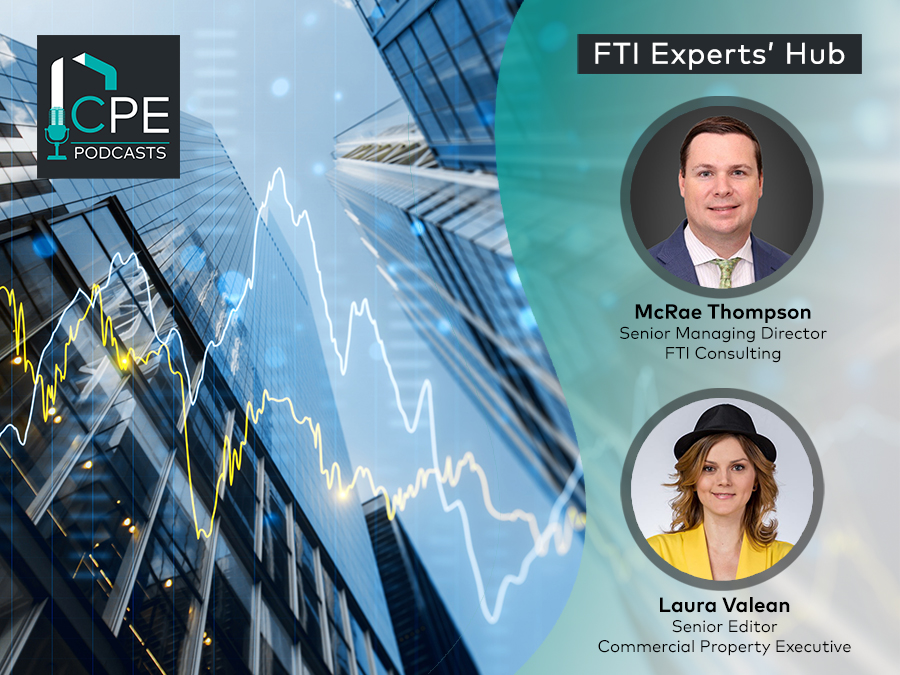
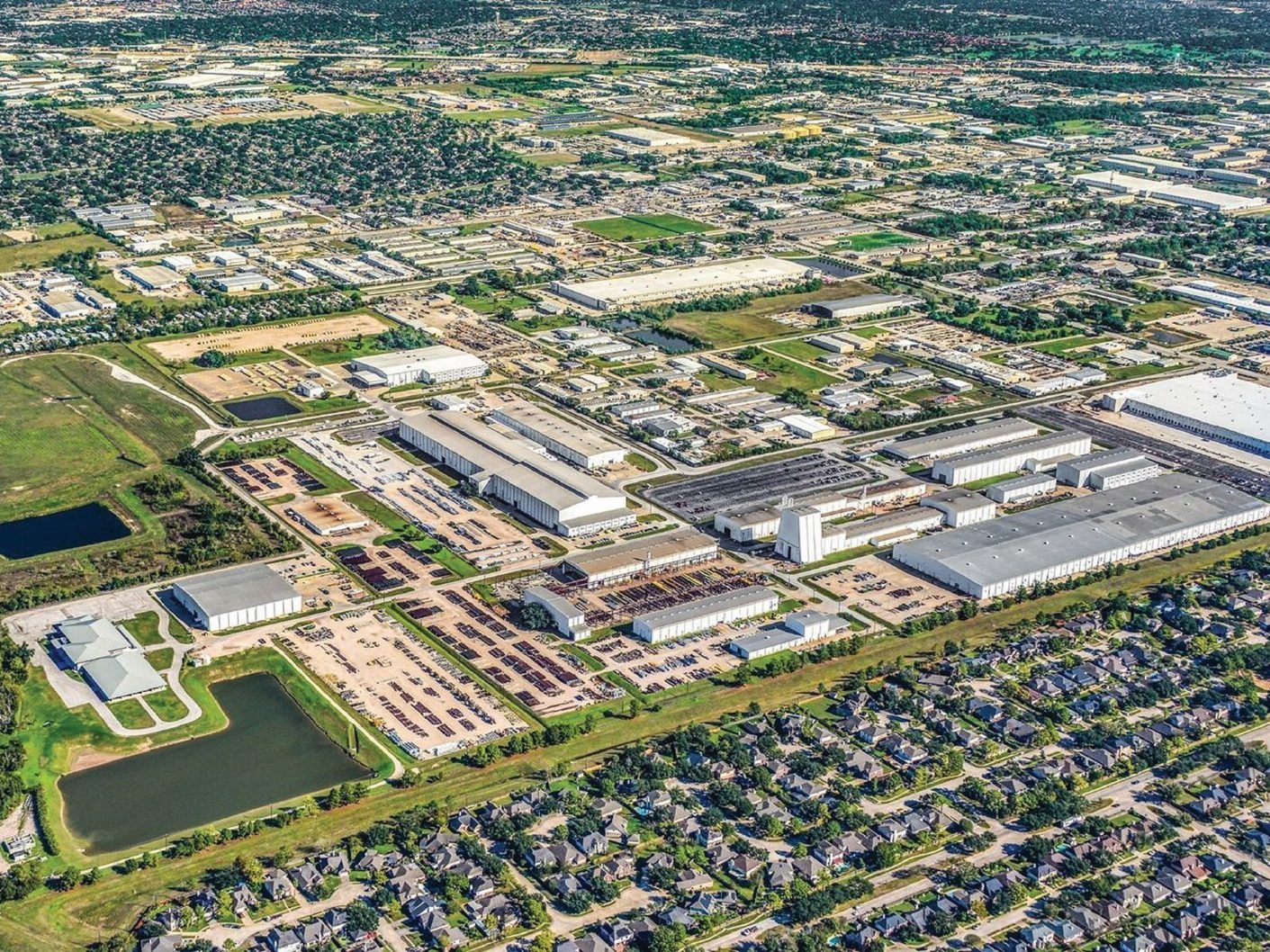

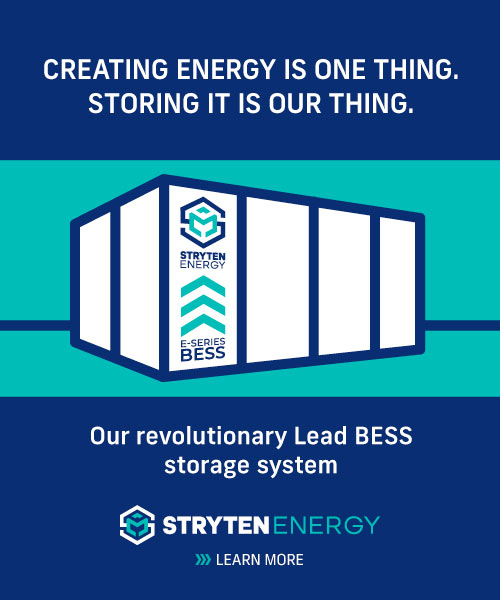
You must be logged in to post a comment.